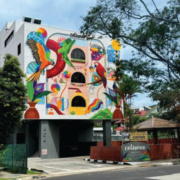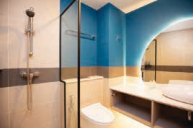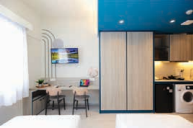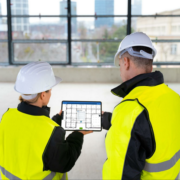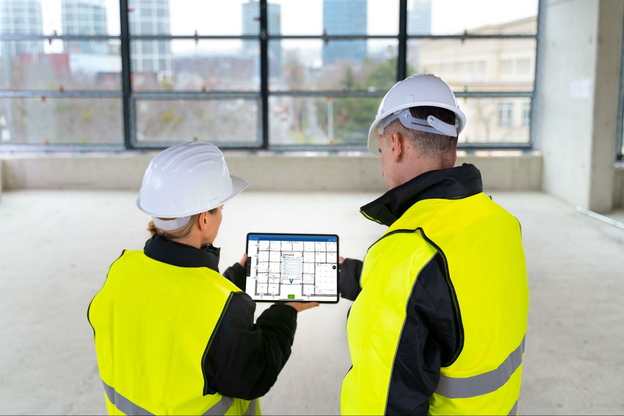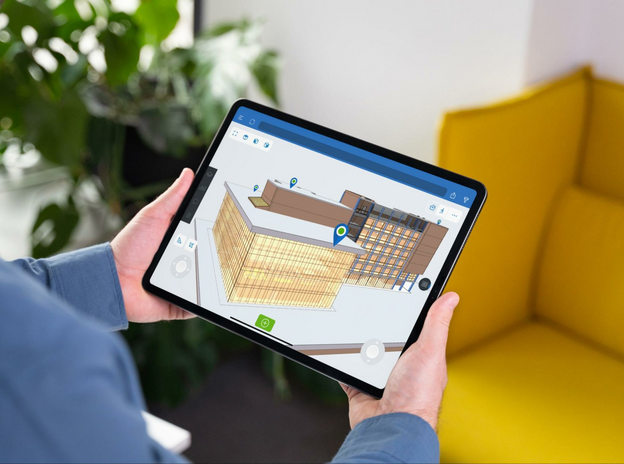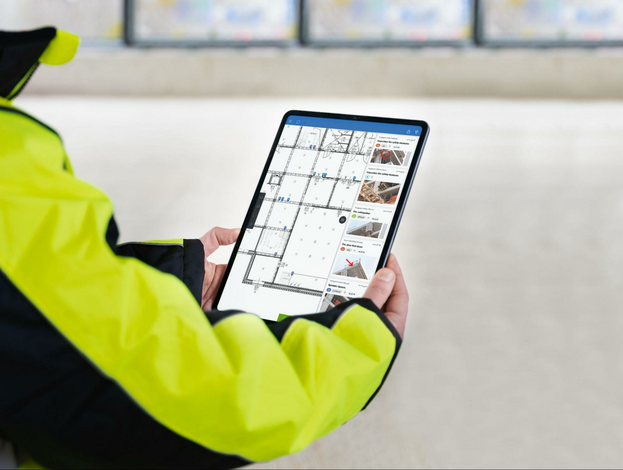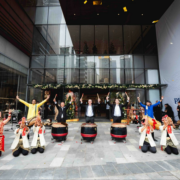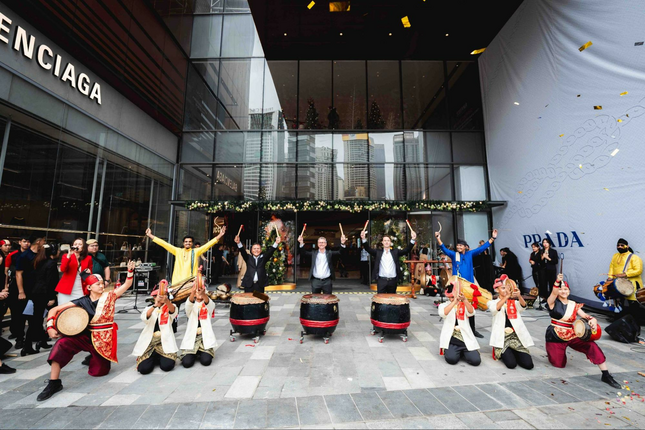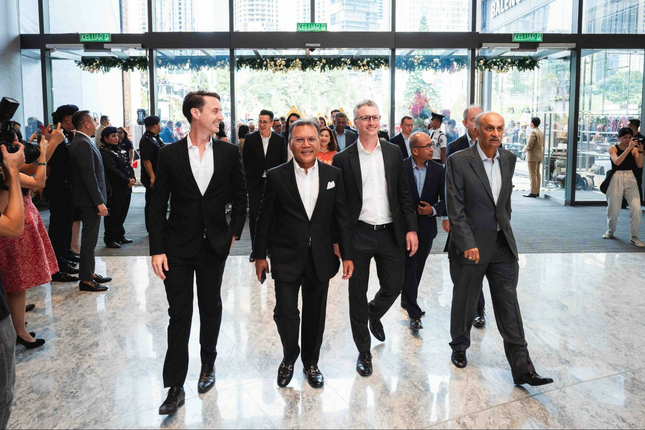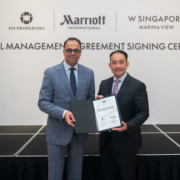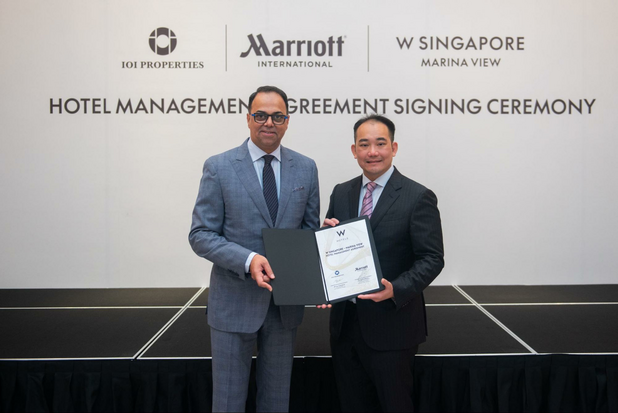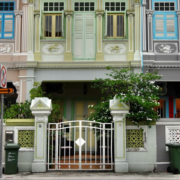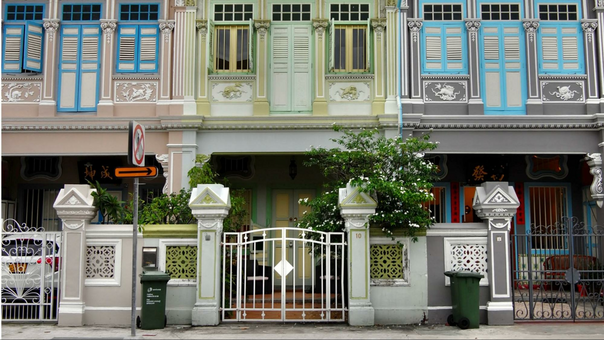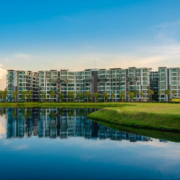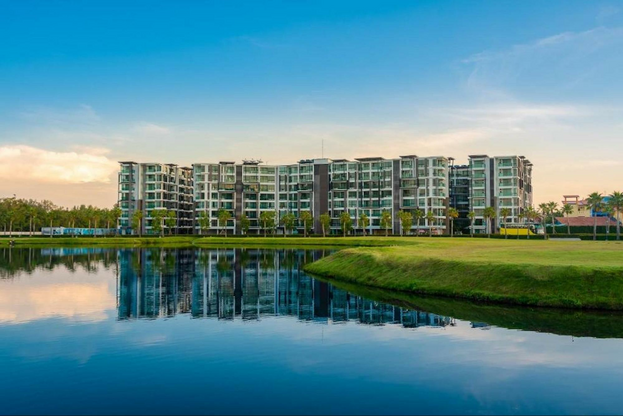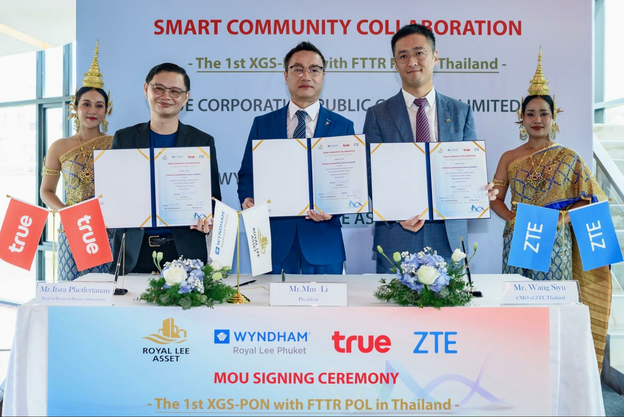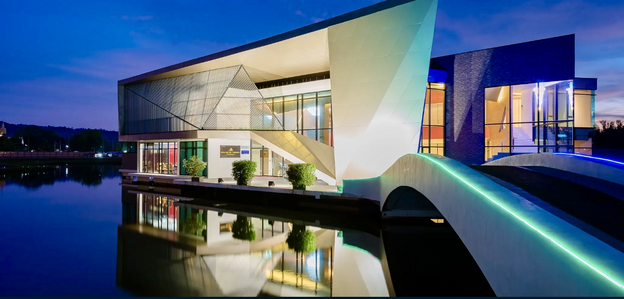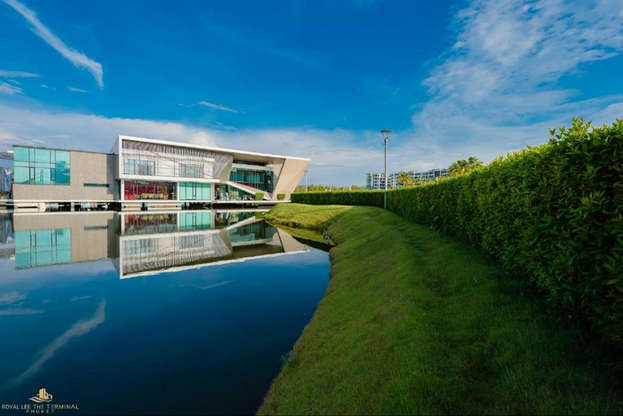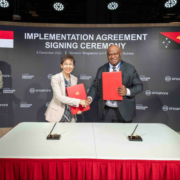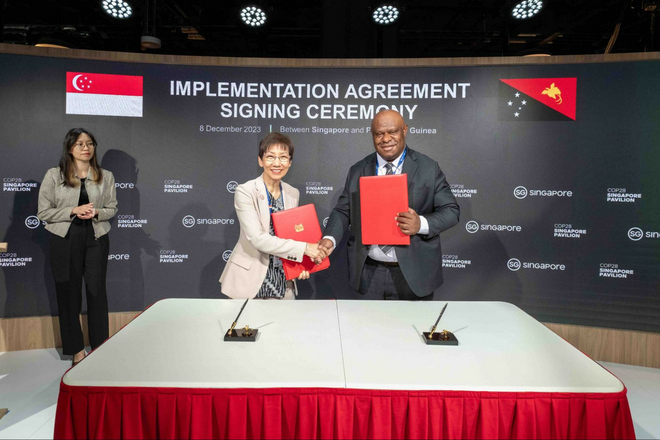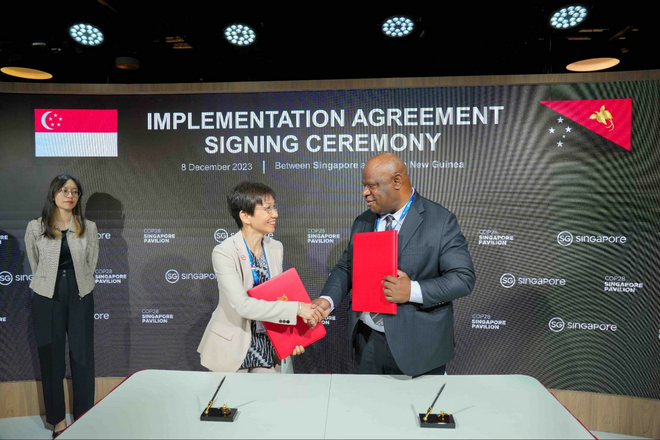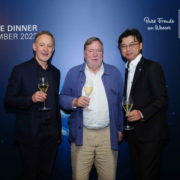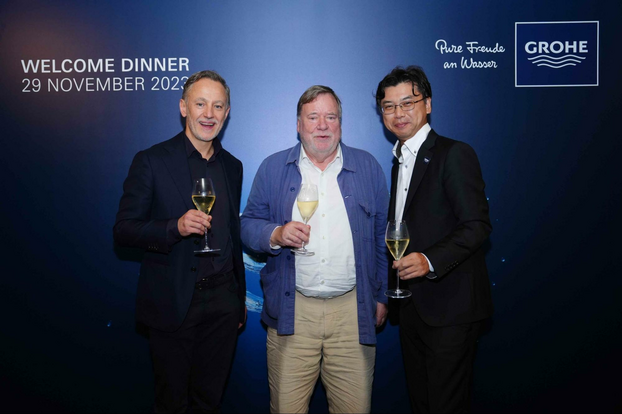Building a sustainable future: A Conversation with Lakshita Wijerathne, CEO of Eutech Cybernetic
In our exclusive interview with Lakshita Wijerathne, CEO of Eutech Cybernetic, we unravel the dynamic intersection of sustainability, technology, and real estate. Wijerathne, the driving force behind the transformative iviva platform, shares insights on navigating the urgent need for carbon reduction in the real estate sector. Join us as we explore how innovative technologies are reshaping buildings, reducing operational costs, and aligning the industry with global climate goals. This interview promises a concise yet illuminating glimpse into the strategies and innovations driving a sustainable future for the built environment.
1. In the context of the real estate sector’s commitment to reducing emissions, how does iviva contribute to the transformation of existing buildings to meet net-zero targets by 2030 and achieve carbon neutrality by 2050?
Buildings generate 39% of energy-related carbon emissions worldwide; 28% from the energy needed for operations, and the remaining 11% from their materials and construction, according to the International Code Council. When the high carbon emissions of new construction is viewed against the backdrop of the global imperative to combat climate change, demolishing old buildings and erecting new ones is not more sustainable.
Approximately 80% of today’s buildings are anticipated to remain in use in 2050. To enhance efficiency and meet net-zero objectives, there is a pressing need to transform these buildings into smart ones. According to a recent report, the smart building market is projected to grow more than fivefold from USD 103.91 billion in 2022 to USD 538.45 billion by 2030. The most effective approach to environmentally retrofitting older buildings involves implementing a cost-effective technological upgrade, outfitting them with smart devices.
The iviva platform empowers building owners, operators, and occupants to retrofit their buildings and workspaces cost effectively through a combination of information technology, operational technology, and Internet of Things (IoT) devices. For one, the utilisation of digital twin technologies allows for the simulation and prediction of building upgrades without interrupting real-time operations, allowing continued revenue and preventing costly errors in the implementation of upgrades.
Technologies that enable energy savings through smart cooling, ventilation, and lighting are only half the battle. Building users also have to make a conscious effort to use these smart systems to reduce their individual and organisational carbon footprints. Artificial intelligence and machine learning are used to provide all building stakeholders with insights into their energy usage, as well as the means to lessen it.
The same technology is also available to building owners and operators to enable intelligent predictive maintenance. Systems like air conditioning and lighting operate at peak efficiency for longer periods while reducing the number of maintenance activities.
2. Upgrading existing buildings for operational efficiency is a key focus. Could you share specific success stories where iviva has made a significant impact on reducing carbon footprints and operational costs simultaneously?
The Paya Lebar Quarter (PLQ), a Green Mark Platinum-rated mixed development by LendLease, uses its iviva-powered Open Building System Integration (OBSI) platform to connect all of the systems and equipment within its retail mall, three commercial towers, and three residential blocks.
Aside from integrating all of the development’s smart systems, the OBSI has a digital twin that allows building operators to conduct predictive maintenance. Instead of having routine maintenance activities which cost more and may come at times when it is not yet necessary, maintenance teams at PLQ only have to work on systems when necessary. This ensures the latter remains at peak energy efficiency while reducing operational costs.
3. As the commercial real estate market experiences structural changes, how do you see these shifts influencing decisions on constructing new buildings versus upgrading existing assets? What role does sustainability play in these decisions?
Sustainability has emerged as a critical consideration in business decisions, reflecting a broader trend towards environmental consciousness. This is especially true in Singapore where carbon emissions, though a minor fraction globally, are exceptionally high (about twice the global average at 12 tonnes annually) when viewed on a per capita basis.
While energy-efficient technologies have led to reductions in carbon emissions, the real estate sector also needs to reduce what is called “embodied carbon” or those that arise from the manufacturing, transportation, installation, maintenance, and disposal of building materials. This makes the replacement of existing buildings with new, more energy-efficient ones a non-option.
The trend towards the optimisation of existing buildings towards less energy consumption and smaller carbon footprints is supported by the United Nations, which has said that repurposing buildings typically achieve a 50 to 75 percent reduction in emissions.
4. From an economic standpoint, how can sustainability initiatives, particularly those involving upgrades to existing buildings, be framed to attract investors and asset owners, considering the challenging landscape of valuations and rents in the current hybrid work environment?
While sustainability initiatives are often seen as a cost, they can also be framed as an opportunity to take advantage of growing demand from tenants for sustainable and energy-efficient buildings, as well as government policies that reward green real estate developments. Simultaneously, the same technologies that enable the cost-effective implementation of smart, energy-efficient systems can also be leveraged to improve operational efficiency and lower operational costs for building owners and operators.
One source of savings for building owners and operators is the reduction of energy consumption. The upfront costs of installing energy-efficient systems are more than offset by the long-term savings generated from them. Another source of savings is the reduction in scheduled maintenance activities through the implementation of intelligent preventive maintenance.
By cutting back on costs while improving their developments’ user experience, building owners and operators can improve the yields and valuations of their properties.
5. In the realm of greenwashing and mandatory sustainability reporting, how can the real estate sector genuinely differentiate itself by adopting technologies that not only meet compliance standards but go above and beyond in creating sustainable and efficient spaces?
Equipping buildings with smart technologies is only the first step in creating sustainable and efficient spaces. Building owners and operators need to concretely measure the impact these technologies have on their developments’ energy usage, carbon emissions, and other metrics of sustainability. Not only is this important for ensuring compliance with government regulations, but it also enables enterprises to maximise the impact of their sustainability initiatives.
Thus, the installation of smart systems should be complemented with a technology platform that integrates the latter under one pane. By having better data capture, consolidation, analytics, and visualisation, decision-makers can streamline their facilities management processes towards meeting their developments’ sustainability targets.
Data visualisation serves as the optimal management tool for people who manage buildings. It is important for the various stakeholders including the Chief Executive Officer, Chief Finance Officer, facility managers, and sales or marketing professionals, to possess the ability to customise and analyse specific data pertinent to their respective roles without incurring additional expenses. This quick and cost-effective dashboard customisation enables them to conveniently access the required data respectively.
6. Collaboration is key in addressing climate challenges. How can stakeholders in the built environment sector work together to amplify the impact of sustainability initiatives, and how does iviva facilitate such collaborative efforts?
To amplify the impact of sustainability initiatives, stakeholders such as owners, operators, tenants, and users must collaborate effectively. A crucial element in improving collaborative efforts is providing all stakeholders with the platform, tools, and know-how to participate.
iviva’s platform is designed with a low-code/no-code approach, enabling all individuals, from company leaders to facility management staff, to engage with it. Through this inclusive model, everyone has access to the data necessary for informed decision-making.
Moreover, iviva’s platform fosters a culture of sustainable behaviour among building users. The platform visually presents individual usage and its impact on energy consumption and carbon emissions. This visualisation enables users to understand the connection between their actions and environmental consequences. By making this connection transparent, iviva encourages building users to adopt sustainable practices.
The technologies needed by building owners and operators to achieve sustainability goals are readily available. But to put them together in a way that also enhances operational efficiency, reduces costs, and improves the bottom line requires the seamless integration of these individual technologies. The best way to achieve the seamless integration described above is through an open platform that can effortlessly connect with any smart building system while remaining accessible to those with minimal to no experience with coding.
About Lakshita Wijerathne

With a 25-year career in the Software industry, Lakshita has extensive experience in the field of Supervisory Control and Data Acquisition (SCADA), design and development of generic communication modules, and possesses a detailed understanding of integration
mechanisms, controls, and protocols. He is a highly skilled technical professional with proficiency in programming in C, C++, Visual Basic, Object-oriented design and development of enterprise solutions, Project Management, Software design, development, Quality Control and Quality Assurance.
A few of his past and present projects include the design and development of a generic communication module for a vendor in the USA specialising in fire protection systems, managing deployment of a central control station for multiple building sites in Korea, implementation of integrated SCADA and facility management solutions for commercial buildings in Bahrain, Abu Dhabi, Dubai and Vietnam, and managing the deployment of a facility management solution for a smart precinct in Sydney, Australia.
He is passionate about the use of technology and AI infrastructure for smart building and smart facilities management to improve building performance, reliability, resilience, occupant productivity and health and wellbeing. After a successful 20+ year career within the Eutech group, Lakshita is, since April 2023, Eutech Cybernetics CEO.





